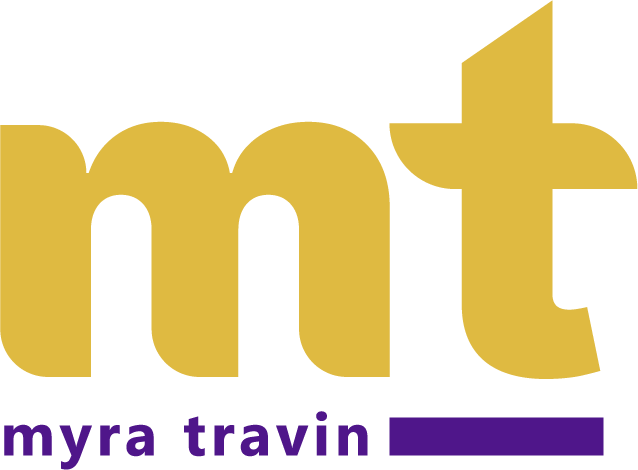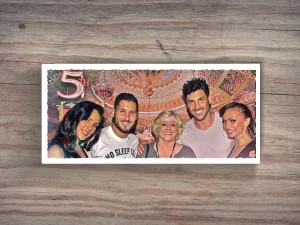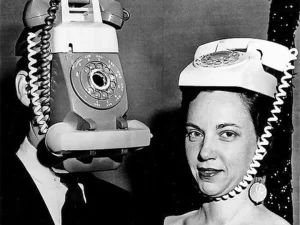I was just at the grocery store, where I stood in line for over 20 minutes. No josh. Was it busy? Nope. Were there a lot of people in line? Not hardly. There was one person ahead of me, who was clearly very new at her job. Two people stood behind her—coaches, they were—staring at her like vultures and she was their last meal on earth.
You know: training.
The obstacle in this case seemed to be produce. The evil numbers and the counting, and all the peppers were different colors, and she missed the bag and the bananas fell out, and the onions were organic, not regular, and … she looked as if she wanted to run away, screaming. The chorus behind her let her know each wrong move, number, bag incident, and errant potato.
“Look at your screen!” they commanded, without a whiff of sympathy, or even understanding. The poor checker slowed down with every criticism until she was so afraid of making the wrong move that she just froze, potato in hand. There were numerous reactions coming from the customer side of the till, too, for this unlucky woman: watch-checking, eye-rolling, and even the woman ahead of me brandishing a freaky picture of a dying celebrity on the front of a tabloid.
I took a moment to give myself a reality check: As a teacher I know that fear is the one thing that can do serious damage to a student. A single incident can be so difficult for a learner that they never forget it, and it can impact their performance from that moment onward. Nothing has ever been truer than the importance of safety in a learning environment. Whether it is in the classroom, virtual learning environment, or the grocery store, the principle holds true: We all need safety to learn. One of my excellent early teachers, brain researcher and educator Renate Nummela Caine, says of the brain’s response to threat: “When we feel threatened, we downshift our thinking. Downshifted people feel helpless; they don’t look at possibilities; they don’t feel safe to take risks or challenge old ideas. They have limited choices for behavior.”
Yet, people also love challenges and being out on the edge of their capabilities. Great teachers know how atmosphere affects students, what elements encourage them, and what threats are implied by the environment, whether online or in person.
Threats that inhibit learning can be subtle. I think we all may want to crawl under the till in the previous example, but it might shock some UX designers to learn that visual boredom, lack of user choice and access, and poorly executed “learner-centric” designs can have the same impact for learners as the implied threats in a classroom. As everyone and their dog pours into the LX field from many disciplines, we may forget that the experience of the learner is personal and emotional—and they may not be telling you the truth about how they experience it.
Recently I was delivering a keynote address on the future of learning when I felt compelled to ask a simple question of the hundreds of people gathered: Who likes online learning? I was absolutely floored by the fact that this crowd, participating easily with other answers, were so silent on this question.
Not a single hand went up. That was rough for a person like me who creates it. Ouch.
When I reached the grocery clerk, I did my best to note the things that she was doing well, speak encouragingly, and laugh about small, unreadable produce labels. She calmed down. She smiled. She picked up speed as she relaxed. She almost forgot about the constabularies behind her and as we parted, she said: “Thank you for treating me so well. Thank you.”
Great teachers are like great designers—they innately sense supporting structures and create environments that spark learning opportunities for students. They go out of their way to set up the conditions for learning to happen. My high school teacher, Frank Tourangeau, was like that. A fun, quirky man who’s smart as heck, who gave everyone around him the best he had every day. To tell you his effect on me after all these years, I could simply say that no one can measure what he did for me. He was my password for a long time (not anymore—jeez!) because every time I thought of him, I smiled. Great teachers are those who lift us up and show us who we can become. Not for one moment did I ever feel fearful in his classroom—energized, challenged, yes, but he created a space where learners could trust that if they fell, they would be caught.
That kind of learning lasts a lifetime. If you as a designer or instructor do not have that to give, I would suggest another profession, because this one is deeply sacrosanct and will require you be silently remarkable as long as you are in it. It takes a special kind of learning designer to put themselves in the fabric of their designs and not as the focus. It takes an amazing instructor to be a witness, not an actor.
First, create safety for your students, online and otherwise. It is the ladder they will climb toward the best they can become.





